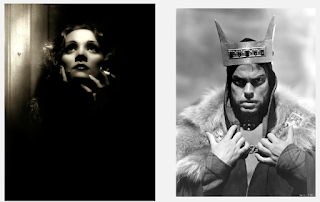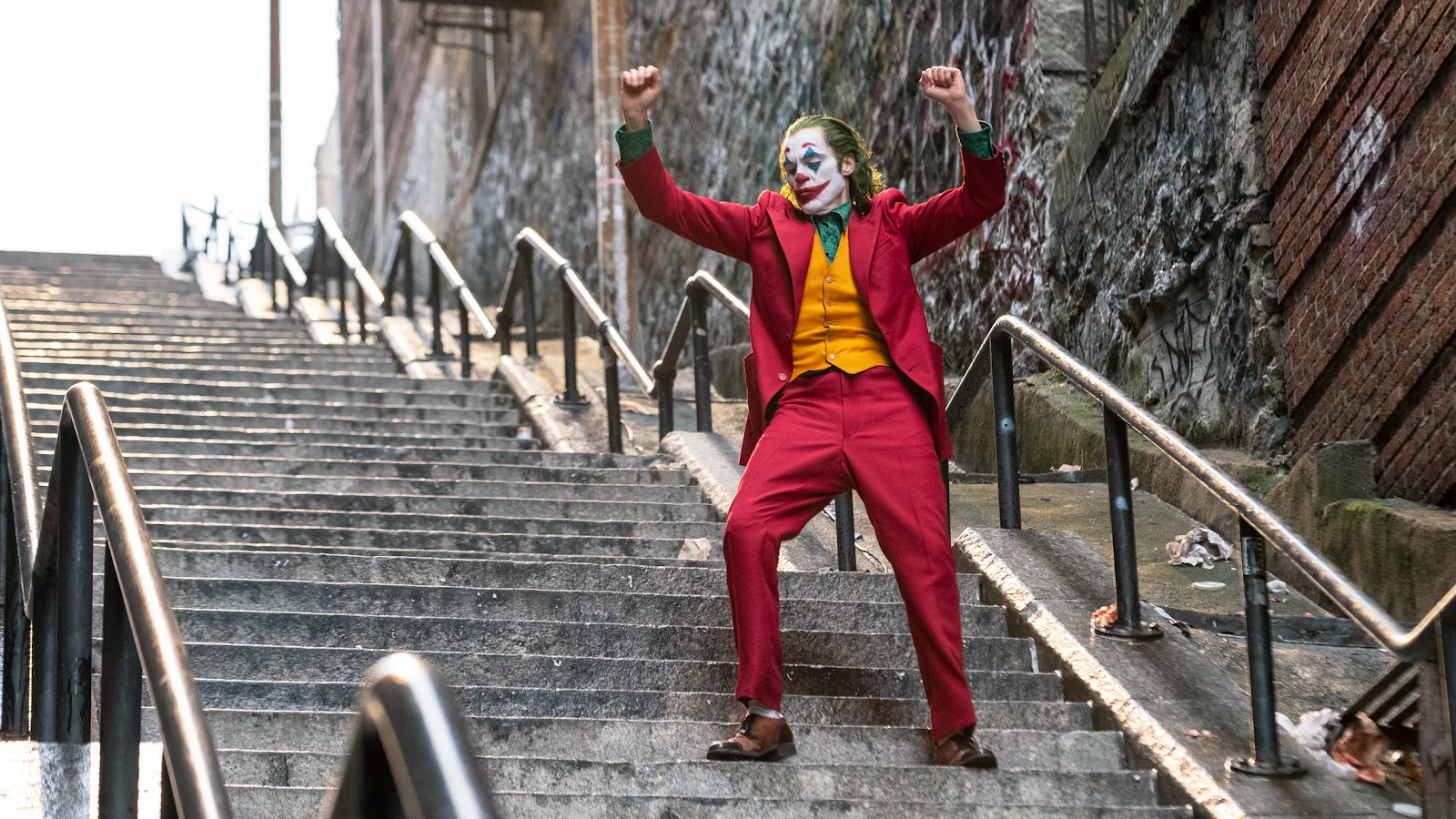Lighting blog tasks
1) Still image analysis
Look at the still images on slides 33-37 of the Film Language Powerpoint linked above. Copy the images into your blog and answer the following questions for each image:- Identify examples of high and low-key lighting.
- Say which depict top, back or under lighting.
- What effects are created by the lighting in each image?
First picture - Low-key lighting
Second picture - High-key lighting
First picture - Low-key lighting
Second picture - Low-key lighting
First picture - High-key lighting
Second picture - Low-key lighting
Third picture - Low-key lighting
Fourth picture - High-key lighting
First picture - Low-key lighing
Second picture - High-key lighting
2) Film noir research
Film Noir - French for "dark film" - Coined in 1946
Includes cynical heroes, stark lighting effects, frequent use of flashbacks, intricate plots and an underlying existentialist philosophy
Prevalent mostly in American crime dramas of the post-World War II era
Defined by tone rather than genre
Relies heavily on low-key lighting to create an uncanny atmosphere
3) Film noir YouTube clip analysis
Finally, find a YouTube clip that fits the film noir genre and embed it under your research (the clip can be classic noir from the 1950s or something more recent - neo-noir). How does the clip's lighting fit the film noir genre?
The clip's lighting fits the film noir genre as the movie is filmed in black and white. Clear low-key lighting contrasts can be seen as in the movie, there aren't many light sources. One example of such a contrast is the shadow of the man's hat, which connotes disguise and mystery. However, the woman's face/body doesn't have as many shadows which indicates that she is a more open character and doesn't have anything to hide. This is an example of high-key lighting as her full figure has been lit up to seem more appealing





Comments
Post a Comment